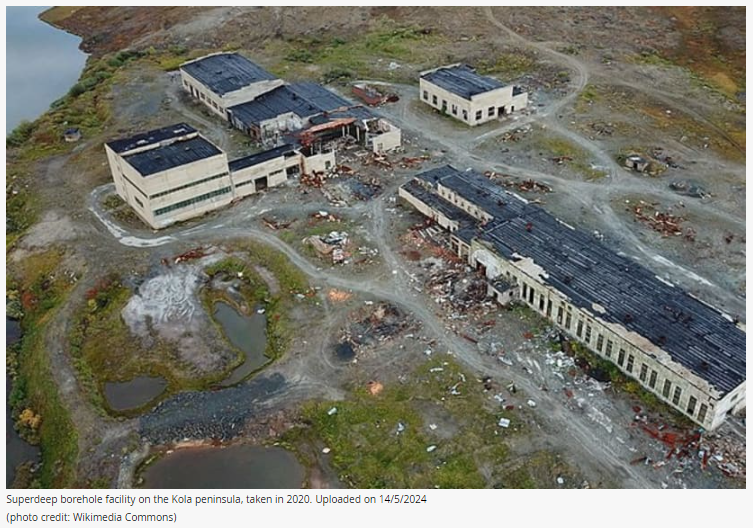Near the Norwegian border somewhere in the depths of the Arctic Circle in Russia lies the deepest hole ever drilled, once called “the entrance to hell.”
Unraveling the Earth’s depths
A young scientist who worked on a similar borehole project in Germany commented on the Russian hole saying, “When the Russians began drilling, they claimed to have found abundant water, but most scientists didn’t believe it. There was a prevailing understanding among Western scientists that the crust was so dense 5 km down that water couldn’t penetrate it.”
Sealing the entrance
The latest drilling discovery in Kola revealed rocks aged 2.7 billion years, much wetter than expected. Previously, scientists didn’t anticipate water at such depths, expecting instead a basalt layer beneath the continent’s granite.
So why did they stop drilling?
Despite the incredible depth of the hole, the drilling teams only managed to reach one-third of the way into the Earth’s crust. As they approached the uppermost layer of the Earth’s crust, things heated up.



